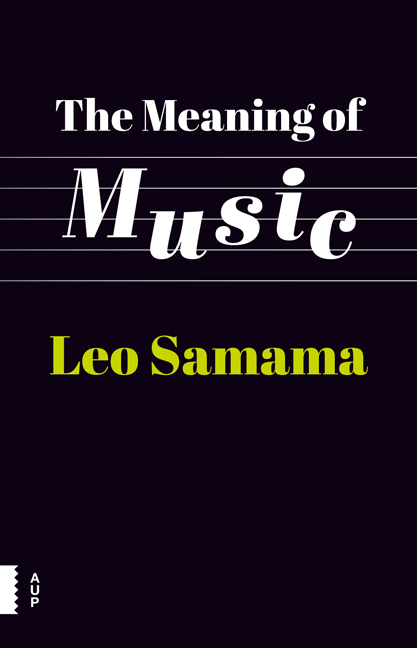8 - Music and Communication
Published online by Cambridge University Press: 24 December 2020
Summary
If we define music as a non-verbal means of communication, the implication is that something is being communicated. The question, of course, is what? Is it tones? Or meanings? Is it a story? Or an abstraction? Some of the earliest writings testify that music is capable of being communicated and that it can indeed release our emotions and make them comprehensible. Does this mean, however, that music expresses something in its own right, or that it is the composer who expresses something with his music? The oft-quoted statement by Igor Stravinsky – ‘I consider that music is, by its very nature, essentially powerless to express anything at all’ – seems to provide an answer, but the context in which this pronouncement was made shifts its emphasis somewhat. Stravinsky asked a journalist a question: ‘Suppose you went out and narrowly escaped being run over by a trolley car. Would you have an emotion?’ ‘I should hope so, Mr. Stravinsky,’ was the response. ‘So should I. But if I went out and narrowly escaped being run over by a trolley car, I would not immediately rush out for some music paper and try to make something out of the emotion I had just felt.’
This is not to say that Stravinsky's music expresses nothing, but that the composer at his desk or piano is not bent on trying to express something. He builds a work of art, he creates forms, lines and colours: he organises a journey through time, and where necessary he also knows the psychological tricks of the trade. For Stravinsky, music stands above reality, above people. It cannot be put into words. We cannot translate it into common or garden emotions. What the composer expresses is at the most a reflection of his personality, the influence of the time and the society in which he lives and works. Stravinsky was very much convinced that a composition is a construction, and not a confessional based on personal emotions. In this regard, his statement also suited the attitude generally prevailing after the First World War: music as an antidote against the hyper-romanticism of the fin de siècle.
- Type
- Chapter
- Information
- Meaning of Music , pp. 76 - 83Publisher: Amsterdam University PressPrint publication year: 2016



